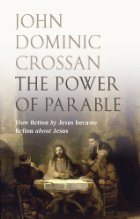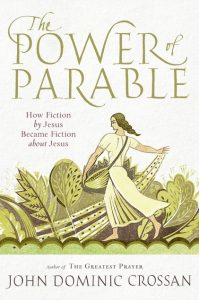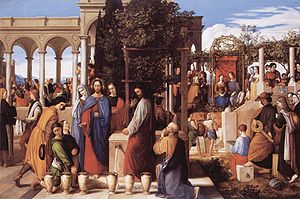 Let’s conclude this series on John Dominic Crossan’s new book, The Power of Parable. Last time we looked at the Gospels of Matthew and Mark; this time Luke-Acts and John.
Let’s conclude this series on John Dominic Crossan’s new book, The Power of Parable. Last time we looked at the Gospels of Matthew and Mark; this time Luke-Acts and John.
Crossan argues that the Gospels are not histories or biographies of Jesus but are fictional parables and Jesus is their central character. Now Crossan does not doubt that there was a real, historical Jesus. But you won’t find him in the Gospels, he says, at least not on a face-value reading of them. To see Crossan’s arguments that Jesus was indeed historical (even though the most important evidence about him is fictional) see the first post in this series: Crossan’s Proofs That Jesus Did Exist. (Did you “find it persuasive”? Nor did I.)
(For the uninitiated, “Find it persuasive” is a stock phrase used by biblical scholars to apply in the positive or negative to arguments they do or do not like. It replaces the tedious need to find an evidence-based and logically valid argument to address a view that supports or contradicts one’s personal beliefs and tastes.)
Question:
If the authors of the Gospels wrote fiction about Jesus, is it necessary to postulate an historical Jesus to explain the Gospels?
Now this question is more than just a “mythicist” question. Of course it has implications for the question of whether or not there ever was an historical Jesus. But can’t we ask that same question without any of the mythicist-historicist invective we have come to expect of it? Forget the mythical-historical Jesus debate. Let’s address the evidence, the Gospels, without fear or favour. First things first.
So let’s start with Crossan’s discussion of Luke-Acts.
In what sense is Luke-Acts a parable about Jesus and not a biography or history of Jesus? Continue reading “Gospels as Parables ABOUT Jesus, part 4 of 4 (John Dominic Crossan)”


